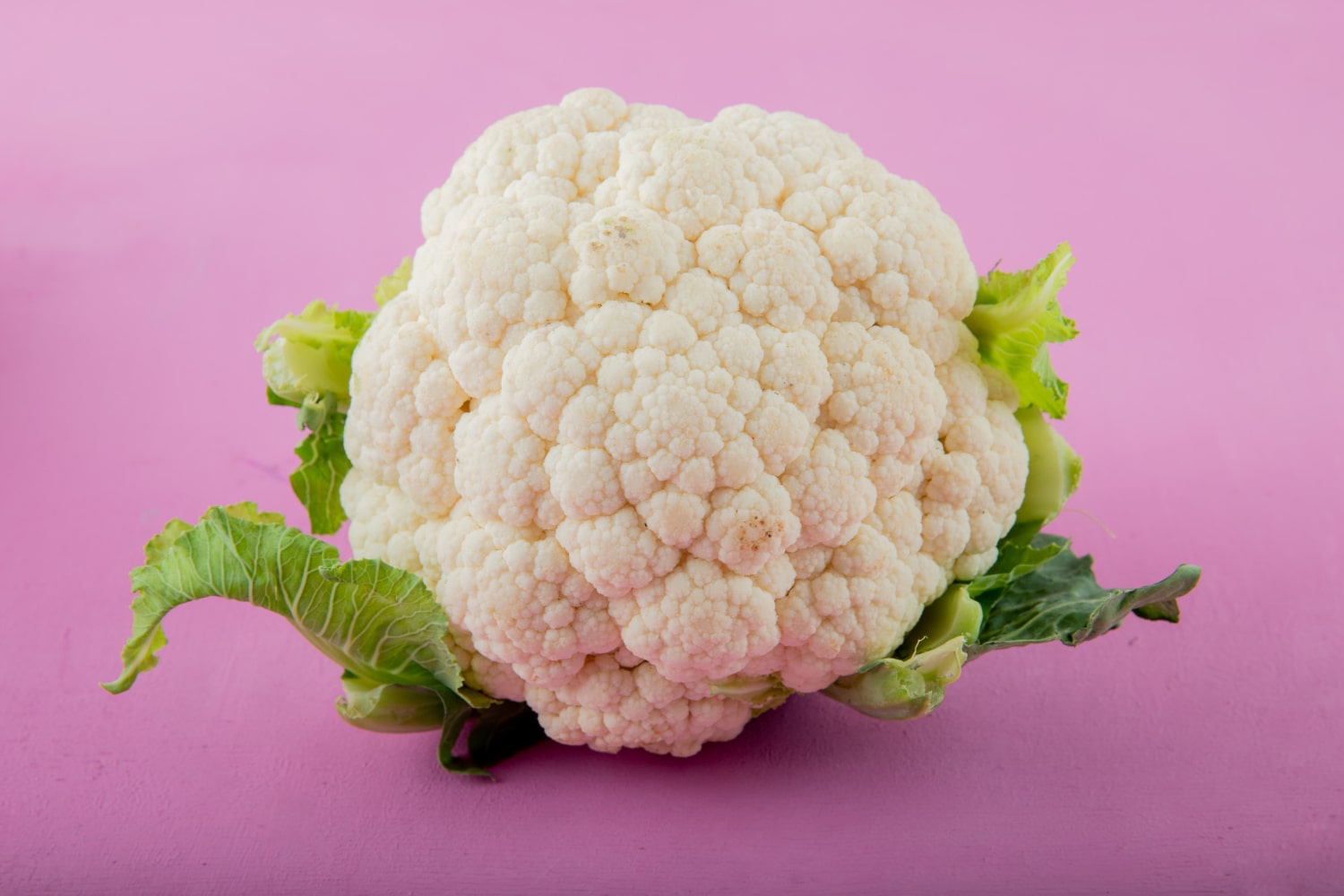Cauliflower is a popular vegetable that frequently appears on our tables in a variety of dishes. It is not only tasty but also packed with nutrients, making it an important part of a healthy diet. Known for its delicate flavor and versatility in cooking, cauliflower holds many interesting and surprising facts. In this article, we will explore incredible facts about cauliflower that you may not know, offering a fresh perspective on this vegetable.
- Cauliflower belongs to the Brassica family, which also includes broccoli, Brussels sprouts, and cabbage. It was originally cultivated through selective breeding from wild plants in the Mediterranean region thousands of years ago. Italy was the first country to widely grow and popularize cauliflower.
- Cauliflower has a unique structure composed of numerous tiny flower buds clustered into a compact head. These buds, often called “curds” or “florets,” are rich in nutrients and have a tender texture. This distinctive form makes cauliflower appealing both visually and gastronomically.
- Besides the common white variety, cauliflower comes in purple, green, and even orange hues. The color depends on the presence of natural pigments such as anthocyanins in purple varieties and beta-carotene in orange ones. These pigments not only enhance appearance but also boost the vegetable’s antioxidant content.
- Cauliflower is a low-calorie vegetable and an excellent source of dietary fiber. It aids digestion and helps regulate bowel movements. For this reason, it is often included in weight-loss and health-conscious diets.
- It contains a significant amount of vitamin C, which supports the immune system and helps fight colds. Additionally, it is rich in B vitamins, vitamin K, and folate. These nutrients are vital for skin health, blood circulation, and cellular development.
- Cauliflower possesses anti-cancer properties due to the presence of sulforaphane, a natural compound that helps the body combat free radicals. Scientific studies suggest that regular consumption of cruciferous vegetables may reduce the risk of certain cancers.
- The vegetable is incredibly versatile in cooking — it can be boiled, roasted, steamed, sautéed, or eaten raw. It serves as a base for numerous recipes, including soups, purees, salads, and even “cauliflower rice,” popular in low-carb diets.
- Growing cauliflower requires a cool climate and well-drained fertile soil. The plant is sensitive to temperature fluctuations and is often grown as a spring or fall crop. It can also be cultivated in home gardens or even on balconies.
- Many countries have traditional cultivation practices for cauliflower, valuing it for its flavor and health benefits. For instance, in India and Pakistan, cauliflower holds a key place in local cuisine as a staple vegetable.
- Historically, cauliflower was considered a delicacy and was available mostly to the wealthy. Over time, due to its nutritional value and relative ease of cultivation, it became widely accessible.
- Compared to other vegetables, cauliflower contains a high water content — about 92%. This makes it excellent for hydration, especially during hot weather. At the same time, it contains virtually no fat.
- Proper storage of cauliflower involves keeping it in a cool, dark, and moist environment to preserve freshness and nutrients. Ideally, it should be refrigerated and consumed within a week.
- Some cauliflower varieties are bred specifically to retain their shape during cooking so that the head does not fall apart. This quality is important for food presentation in restaurants and cooking classes.
- Cauliflower is a great source of minerals like potassium, magnesium, phosphorus, and calcium. These elements are essential for the proper functioning of muscles, bones, and the nervous system. Including cauliflower in the diet helps maintain overall health.
- It also supports detoxification by stimulating liver and kidney function. The vegetable contains substances that aid in eliminating harmful toxins and improving metabolism. This makes it valuable for those pursuing a healthy lifestyle.
- Despite being a cool-season crop, cauliflower is successfully cultivated worldwide thanks to adapted varieties. It is available on markets nearly year-round in many countries.
These fascinating facts about cauliflower reveal its uniqueness as a vegetable that combines nutritional benefits, delicious taste, and culinary versatility. You may not have known that this seemingly simple vegetable has so many interesting aspects and positive properties. Including cauliflower in your diet is not only tasty but also an excellent step toward better health and well-being.





